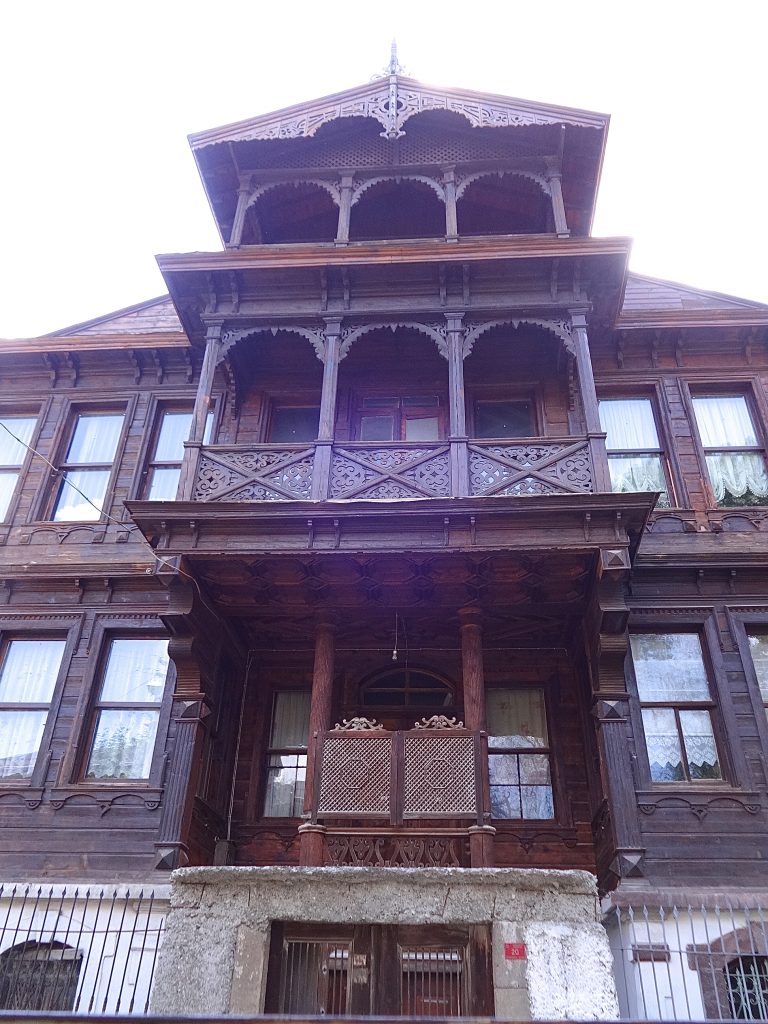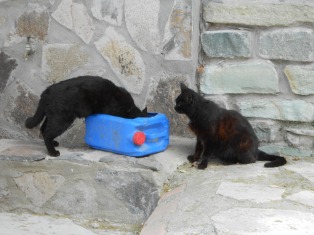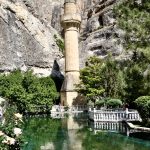Heart of chicken-rearing country Population: 5,400
Old names: Modrene, Moderna
Market day: Saturday
Ask a Turk what they know about Mudurnu and they will probably come up with the chicken factory which has given its name to a chain of fast-chicken restaurants. These days the factory is a pale imitation of its former self but Mudurnu is a surprisingly lovely, predominantly Ottoman town set on the banks of a river in one of Turkey’s greener regions. Given its relative anonymity these days it’s hard to understand why it has such a wealth of historic buildings. The answer lies in the fact that it lay at the crossroads of two major trading routes: the Silk Road from Tabriz that passed through Erzurum, Sivas, Göynük, Taraklı and Mudurnu before reaching Bursa; and the so-called Crimean Road which ran from Damascus and ports on the Mediterranean then up via Mudurnu to Bolu, Kastamonu and Çide on the Black Sea.
One wonderful tradition survives in Mudurnu which is the saying of a special prayer, the esnaf duası (tradesman’s prayer) in front of the shops in the bazaar before Friday prayers. This has apparently been happening here since the 14th century and is linked to the strong Ahi tradition which was very similar to the guild traditions of medieval Europe.
Backstory
Mudurnu is strongly associated with the early Ottomans, having been captured by Orhan Gazi in 1307. Çandarlı Kara Halil Hayrettin Paşa (1330-87), who became the first official Ottoman grand vizier under Murad I, was educated in an Ahi lodge in the town and crown princes were frequently sent to Mudurnu to be educated. When Timurlane came thundering across Anatolia to defeat and capture Sultan Bayezıd I in 1402, the Ottomans retreated to Mudurnu where Mehmed I held out during the period known as the Ottoman Interregnum until 1413. The Ahi order is believed to have been established in Mudurnu as early as the reign of Orhan and by the 14th century the traveller, Ibn Battuta, was describing the town as “full of Ahi zaviyes and lodges'”.
As for the poultry, Mudurnu provided chickens along with butter, cheese and fruit to Topkapı Sarayı in Constantinople (İstanbul) although a more important activity appears to have been manufacturing needles – Evliya Çelebi suggested that there were 1,100 needle workshops here in the 17th century.
Around town
Like Safranbolu and Kastamonu, it retains a large number of wonderful wooden mansions, some of them of stupendous size, an indication of the town’s greater importance in the days when it straddled the Silk Road. The best of them, including the superb but crumbling Armutcular and Haytalar Konakları, stick close to the river; others have been restored to house comfortable hotels and restaurants.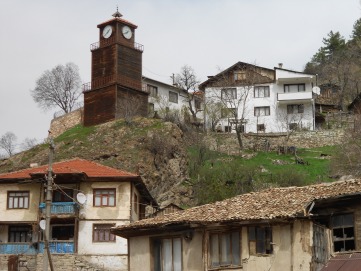 Mudurnu clocktower was originally built in 1891 but rebuilt after fire in the 1960s
Mudurnu clocktower was originally built in 1891 but rebuilt after fire in the 1960s
Strolling through the town centre you’ll quickly discover the bazaar which resembles a cut-down version of the more famous one in Safranbolu. Here tiny kiosks still echo to the clatter of the copper-beaters, while elderly saddlemakers sit cross-legged on the floor to stitch their wares. The shutters of the kiosks were designed so that they could be rolled up to form canopies or down to make counters.
A small museum is housed on the top-floor of the large stone building that once housed the local courthouse (the ground floor has at atmospheric cafe). You may need to ask to be let in for a look round (the town’s official museum is out on a limb in an old schoolhouse and contains much the same sort of items as the town-centre museum).
Also in the town centre is the superb, restored Yıldırım Beyazıd Hamamı which dates back to 1374. It is still open regularly for male visitors although women who want a massage may need to make an appointment. Just across the road is the large mosque to which it was originally attached (the earlier İmaret Cami commissioned by Orhan Gazi has been lost). The Kanuni Sultan Süleyman Cami on the banks of the Mudurnu (Gallos) river dates back to 1546 but is a relatively plain building.
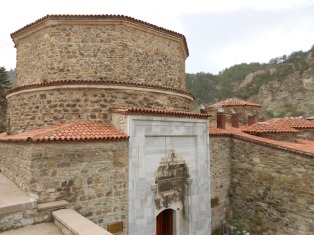 Yıldırım Beyazıt Hamamı
Yıldırım Beyazıt Hamamı
Eating
Mudurnu is too small to have much of a dining scene but nevertheless I thought the food at the Tarihi Mudurnu Meram Restaurant, tucked away up a flight of stairs on Ankara Caddesi in the town centre, was unexpectedly tasty and nicely presented.
Sleeping
Of Mudurnu’s places to stay, the Haci Şakirler Konağı, with its low-ceilinged, wood-panelled Ottoman-style rooms, is the most atmospheric. However, the Keyvanlar Konağı is larger, open every day and has a great riverside location as well as an outdoor restaurant for romantic alfresco meals. The Yarışkaşı Konağı, housed in an imitation Ottoman building on the northerly outskirts, offers great views over a quiet valley.
Prices at all these hotels rise significantly at weekends.
Fuatbeyler Konağı. Tel: 0374-421 2444
Mudurnu İpekyolu Otel. Tel: 0374-421 2010
Transport info
Driving from İstanbul, you take the main Ankara highway and turn south at Bolu. There are hourly buses along a pleasant country road from Bolu town centre to Mudurnu and then from Mudurnu to Lake Abant (25km, summer only). One bus a day also heads south from Mudurnu to Göynük and vice versa.
Day trip destinations
